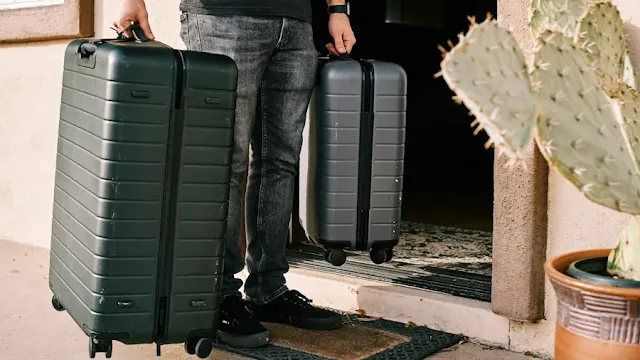Cabin Baggage vs. Checked Bag on India Flights
When flying within India, choosing between hand baggage and a checked bag is an important decision that can impact your travel experience. Each option has its own set of advantages and disadvantages, depending on your travel needs and preferences. Hand baggage, also known as carry-on luggage, allows you to keep your belongings with you in the cabin, while checked baggage is stored in the aircraft's cargo hold. This article explores the pros and cons of using hand baggage versus checked baggage on India flights, helping you make an informed decision for your next trip.
Pros of Using Hand Baggage
- Convenience: Hand baggage allows for quick and easy access to your belongings during the flight.
- Speed: Avoid waiting at baggage claim upon arrival, saving time.
- Cost Savings: Most airlines include a hand baggage allowance in the ticket price, avoiding extra fees.
- Reduced Risk of Loss: Keeping your luggage with you reduces the risk of it being lost or mishandled.
Cons of Using Hand Baggage
- Size and Weight Limitations: Hand baggage must comply with strict size and weight limits, typically 7-10 kg.
- Security Restrictions: Liquids, gels, and sharp objects are restricted, complicating packing.
- Limited Space: You may not be able to carry everything you need, especially for longer trips.
Pros of Using Checked Baggage
- More Space: Checked bags can accommodate larger and heavier items, ideal for long trips or carrying gifts and souvenirs.
- Less Hassle: You don’t need to worry about finding overhead bin space or carrying heavy bags through the airport.
- Fewer Restrictions: Liquids and other restricted items can be packed more freely in checked baggage.
Cons of Using Checked Baggage
- Additional Fees: Many airlines charge for checked baggage, adding to travel costs.
- Waiting Time: You’ll need to wait at baggage claim to retrieve your bag, which can be time-consuming.
- Risk of Loss or Damage: There’s a higher risk of your luggage being lost, delayed, or damaged.
Choosing between hand baggage and checked baggage depends on the nature of your trip and personal preferences. Hand baggage offers convenience and cost savings for short trips or light packers, while checked baggage provides more space and flexibility for longer journeys. Weighing these pros and cons will help you decide the best option for your next flight within India.








